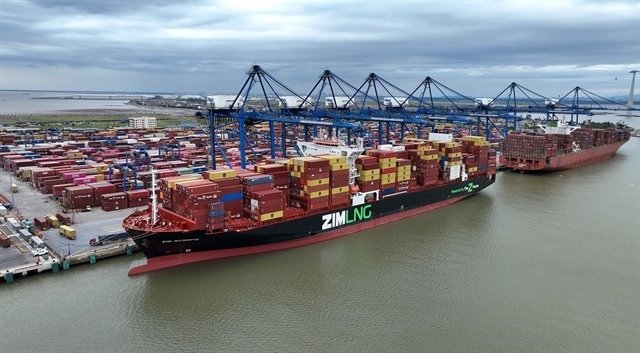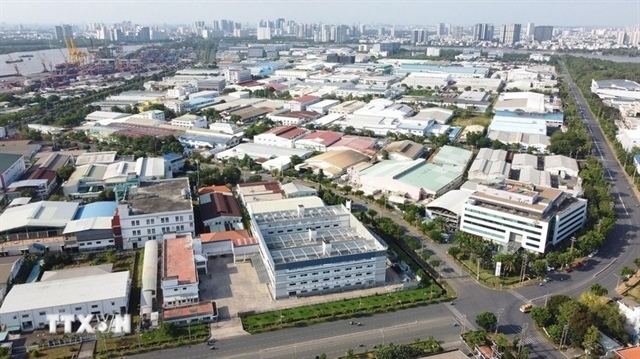Vietnam aims for average annual growth of 7% in 2021-30
Vietnam aims for average annual growth of 7% in 2021-30
Administrative reform and higher quality of legal framework will be key for Vietnam to enhance efficiency in economic development and integration.
Vietnam targets to attain an annual GDP growth rate of 7 in the next 10-year period, marking it a high-middle income country with modern industrialization in the world.

Director of the Vietnam Institute for Development Strategies Tran Hong Quang.
|
Director of the Vietnam Institute for Development Strategies under the Ministry of Planning and Investment Tran Hong Quang referred to the country’s draft socio-economic development strategy for the 2021-30 at the conference themed “Shaping Investment and Business Strategies in the new context” on January 11, 2021.
By 2030, the GDP per capita would rise to US$4,700-5,000 from the current US$3,521, laying a foundation for the country to become a developed country of high-income status by 2045.
“Vietnam will ensure its sustainable and rapid economic growth based on science, technology, innovation and digital transformation,” stated Mr. Quang.
During this process, administrative reform and higher quality of legal framework will be key for Vietnam to enhance efficiency in economic development and integration, he continued.
Under the draft strategy, the Government identifies three breakthroughs for the next 10 years in terms of institutional framework, human resources and infrastructure.
According to Mr. Quang, Vietnam will continue to finalize the socialist-oriented market economy, in which all resources for development are mobilized based on market mechanism.
In a modern world of Industry 4.0, Vietnam continues to pursue innovation and technologies to develop high quality manpower to realize the national digital transformation process.
In terms of infrastructure development, Mr. Quang expected Vietnam to continue upgrading the current infrastructure system focusing on transportation, energy, IT, urban and climate-resilient infrastructures.
“The country places a great focus on digital infrastructure to ensure the rapid development of digital economy and society,” he added.
In 2020, Vietnam’s added manufacturing value per capita was estimated at US$900, which is expected to rise to US$2,000 by 2030 as it becomes a newly industrialized country.
The United Nations Industrial Development Organization (UNIDO) sets criteria for a newly industrialized country with the added manufacturing value per capita at US$1,000-2,500, or equivalent to 0.5% of the total manufacturing value globally.
























